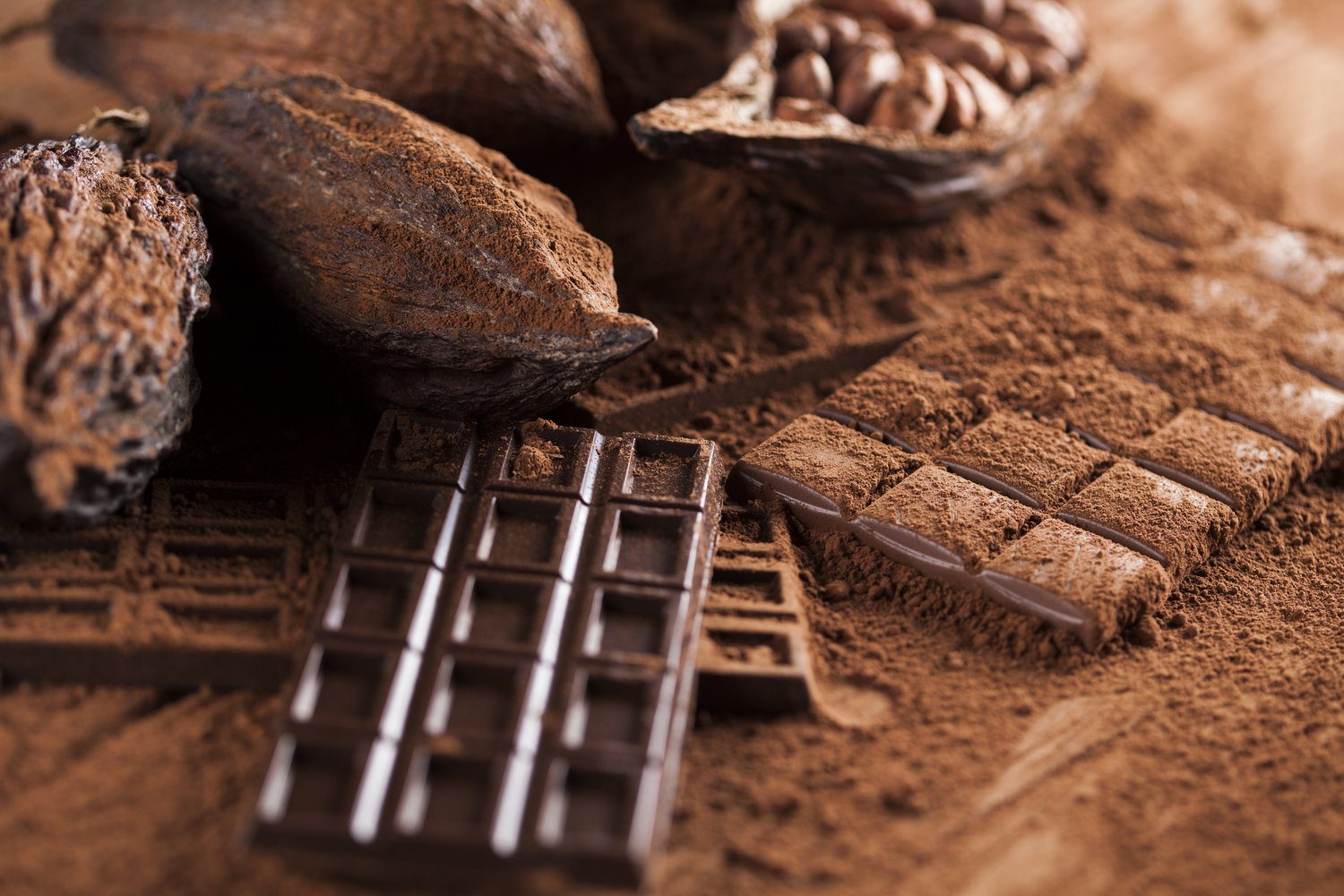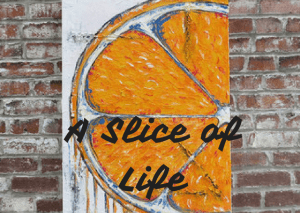Reading Time: 4 minutes
The antiquity of chocolate may be traced back to nearly 4,000 years ago. The Cacao tree from which chocolate is derived is an evergreen tree growing naturally in the tropical wilderness of the Americas. Its seeds, the cocoa beans, are used to make cocoa mass, cocoa powder, and chocolate. Did you know that cocoa and chocolate – which perpetually exude an aura of mystery, luxury, and pleasure – were initially used for medicinal purposes, says Ruchira, in the weekly column. A Different Truths exclusive.
Mention chocolate and the images conjuring up before your eyes are that of rich brown substances, smooth to touch and sweet to taste. In its myriad forms and shapes, chocolate spells class, luxury, and elegance, rolled into one. Despite having undergone transformation down the centuries, chocolate still remains a much-sought-after edible item.
A Native of America
The antiquity of chocolate may be traced back to nearly 4,000 years ago. The Cacao tree from which chocolate is derived is an evergreen tree growing naturally in the tropical wilderness of the Americas. Its seeds, the cocoa beans, are used to make cocoa mass, cocoa powder, and chocolate. Did you know that cocoa and chocolate – which perpetually exude an aura of mystery, luxury, and pleasure – were initially used for medicinal purposes! According to sociologists, inhabitants of an obscure village in the Ulúa valley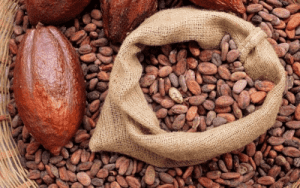

Indeed, between 250 AD through 900 AD right up to 1300 AD, the indigenous inhabitants of the Americas i.e. the Mayans, the Toltecs, followed by the Aztecs attached great importance to the Cacao tree and its derivatives. They prepared and consumed chocolate mainly during worship and tribal ceremonies. So valuable was this commodity that it was even used as currency. Like their predecessors, the Aztecs (whose bastion was Mexico) venerated Quetzalcoatl, a mythical figure, whom Gods had gifted cocoa. Legends further say, Quetzalcoatl, having been poisoned by his enemies, became insane and disappeared on a raft in the open sea. The Aztecs were unflinching in their belief that the deity would one day return to Mexico.
Spanish Conquests & Chocolate
Centuries later, in 1519, the legendary Spanish explorer Hernando Cortés arrived in Mexico in course of his voyages. The Aztecs mistook him for Quetzalcoatl and offered him a cocoa-based, bitter and spicy drink – the famed Xocoatl. Cortés, who was actually prospecting for gold, discovered that Cocoa was worth its own weight in gold. The astute businessman that he was, Cortés set up the first cocoa plantations and was instrumental in shipping cocoa/ chocolate to Europe. A few years earlier, in 1502, renowned explorer Christopher Columbus landed at Guanaja near Honduras. There, he too was feted with a cocoa-based beverage!
Chocolate Comes to Europe
Hernando Cortés brought cocoa beans to his native Spain. The exotic cocoa drink took the country by 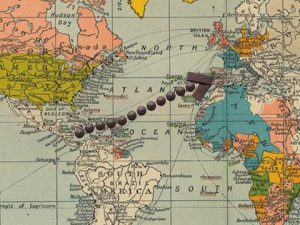

Far Reaching Changes
In 1659, a French confectioner, David Chaillou prepared and sold cookies and cakes made with chocolate, thus becoming a pioneer in the chocolate industry. In 1671 a French nobleman, Duke of Plessis-Praslin and his chef create the first almond coated caramel filled Praline. Then came many breakthroughs that helped the chocolate industry to boom. In 1728, the Fry family of the United Kingdom established a chocolate factory; hydraulic machinery and equipment were used to process and grind the cocoa beans. Years later, a Dutchman Coenraad Van Houten invented a cocoa press which helped to separate cocoa 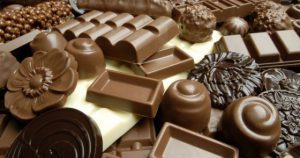

In 1839, a German baker Franz Stollwerck set up business in Cologne, Germany. He diversified into chocolate, candy and similar products. Till date, the company is a leading manufacturer of chocolate. Interestingly in 1875/76, Daniel Peter, a Swiss chocolatier, hit upon the idea of adding milk powder to chocolate. And the first milk chocolate was born! In 1879, Swiss chocolatier Rudolph Lindt invented the machine to knead the raw material for hours, resulting in delicious rich creamy chocolate.
By the early 1900s, most of the globally renowned brand names of chocolate makers began to flourish across Europe. Among them figure Neuhaus, Godiva (Belgium), La Maison du Chocolat and Fauchon (France), besides Lindt, Suchard, andSprüngli (Switzerland) among many. For example, the highly popular Toblerone was created by Theodor Tobler (1876–1941) in Bern, Switzerland, in 1908. Tobler, in tandem with a, developed the unique triangular milk chocolate heavily laden with nougat, almonds, and honey.
Worldwide Popularity
As the centuries pass by, chocolate continues to enjoy popularity worldwide. It has invaded our kitchens, ending up as part of nearly every meal – powder in the morning glass of milk, a bar for a quick bite at 11 a.m, as donut post lunch, as hot chocolate on a wintry evening or a cold night and what have you!
So the next time you bite into that luscious piece of chocolate, think how privileged you are to be eating “food of the Gods.” Go ahead and enjoy!
©Ruchira Adhikari Ghosh
Photos from the Internet
#Chocolate #HistoryOfChocolate #ChocolateJourney #FoodOfTheGods #EuropeanChocolate #SpanishChocolate #SliceOfLife #DifferentTruths

